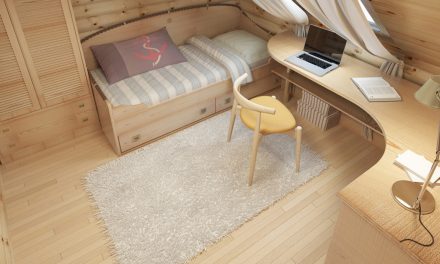I once sat on the Serengeti plain on a cloudless night with the full majesty of the heavens above. Lions prowled just beyond the camp compound. In this place the human species evolved.
And there I was debating whether mathematics was invented or discovered. Did we create mathematical concepts to help us understand the world around us? Or is math the native language of the universe itself?
In other words, do humans have to exist for the number two to exist?
Now admittedly that was a pretty engineer-like geeky discussion! But I was in a special place, on a very long journey and with some other nerdy people. With time and space, weird thoughts like this tend to arise.
As I write this I am in a cattle-class seat on a flight from Tokyo to London. The number two definitely exists because I am on my second beer. Now with time (but not space), I find myself asking; were trusses invented or discovered? Does the possibility of a truss exist separate from mankind conceiving it?
Let’s try some thought experiments about not-quite-trusses. That might give is some insight into the invented-versus-discovered question that I’m posing.
A useful way of understanding how a truss works is to think of it like a very deep beam that has had triangular holes cut out of it. The chords that are left and form the perimeter shape are, by good fortune, in the most structurally efficient location to provide the maximum strength and stiffness for their size.
Meanwhile, after we cut out the holes, the webs are arranged in a triangular pattern. Because the end points of a triangle are fixed in space relative to one another, the end points of all multiple-linked triangles are fixed in space.
So the chords give the truss stiffness and the webs hold the truss shape. It is this combination, an engineering marvel, which gives us the ability to span long distances with a lightweight structure.
And ultimately, it lets us make money!
But what about trusses that don’t stick to this formula of triangular holes? A truss supported on an extended bottom chord for example. A not-quite-truss. This beast acts as part truss/part beam. In terms of performance, this is like a normal truss sitting on a lintel with a span of double the bottom chord extension.
I am not suggesting that you design them this way, but it helps to visualise the behaviour. You could, for instance, use it to deduce the notion that you can’t camber out the deflection of the truss heel.
You can also use it to imagine that as the extension lengthens, the size of the bottom chord goes up quickly.
Another class of truss where we diverge from the tried and true formula is attic trusses. These again are a Frankenstein-like creature that is part beam and part truss.
In a classic attic with the open area situated between two verticals webs which form low wall, these webs are doing very little structurally. It is more beast than man.
Consequently, for proper performance, attic chord sizes tend to be joist-like. It is significantly harder to program software to design for this hybrid behaviour than for normal trusses. And the natural tendency as a truss designer is to think in light truss sized timbers.
I suspect there are a few shonky designs out there as a result. If you were to size the bottom chord as a floor joist ignoring the webs and size the top chord as spanning from heel to apex, you should be conservative and in some cases pretty close to the mark.
As a third example of this hybrid behaviour there are some floor truss solutions out there that have a short segment, typically near the centre, and do not have a diagonal web. These are useful for the passage of services and also save on non-typical diagonal web installations.
Whilst still a hybrid, this structure behaves more like a truss than a beam. It’s more elf than troll.
But there are a limitations due to this non- triangularity. These joists are very poor at carrying asymmetric loads and also there are significant limitations as to where the rectangular portion can be within the span.
Again, software may not be perfect at picking up these limitations, so ensure you design these with care.
Now I am at the end of a ten hour flight to London. Sleep deprived. I know the number three exists because I had three beers along the way.
I have never worked out whether maths was invented or discovered.
At the start of writing I thought I had an answer to whether trusses were invented or discovered. Now I have absolutely no idea. The question is warping my tired and distorted mind!
I summarise by quoting Eminem from his song ‘Purple Pills’, “Mmmmmm. Nnnnnnnnnn. Mmmmmmm.”
Paul Davis is an independent structural engineer managing his own consulting firm Project X Solutions Pty Ltd. The views in this column are Paul’s and do not reflect the opinions of TimberTrader News.
Phone: 02 4576 1555 Email: pauldavis@timbernews.com









